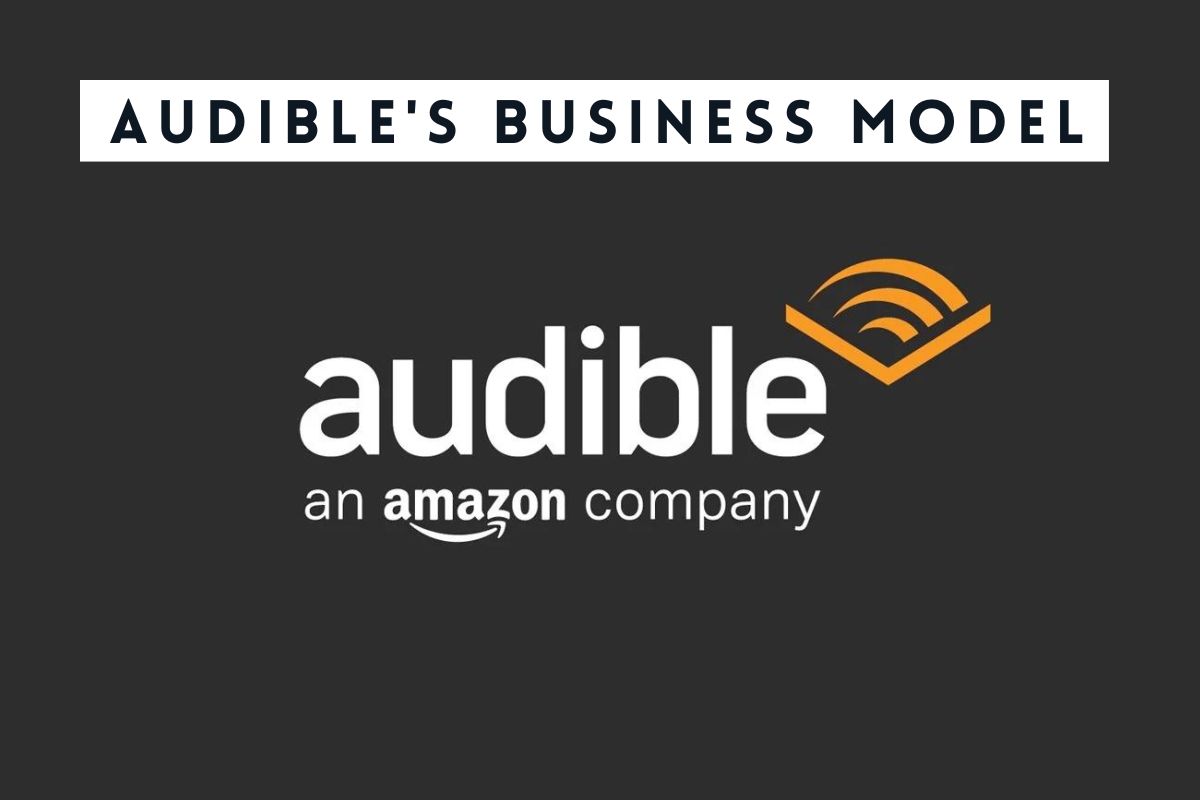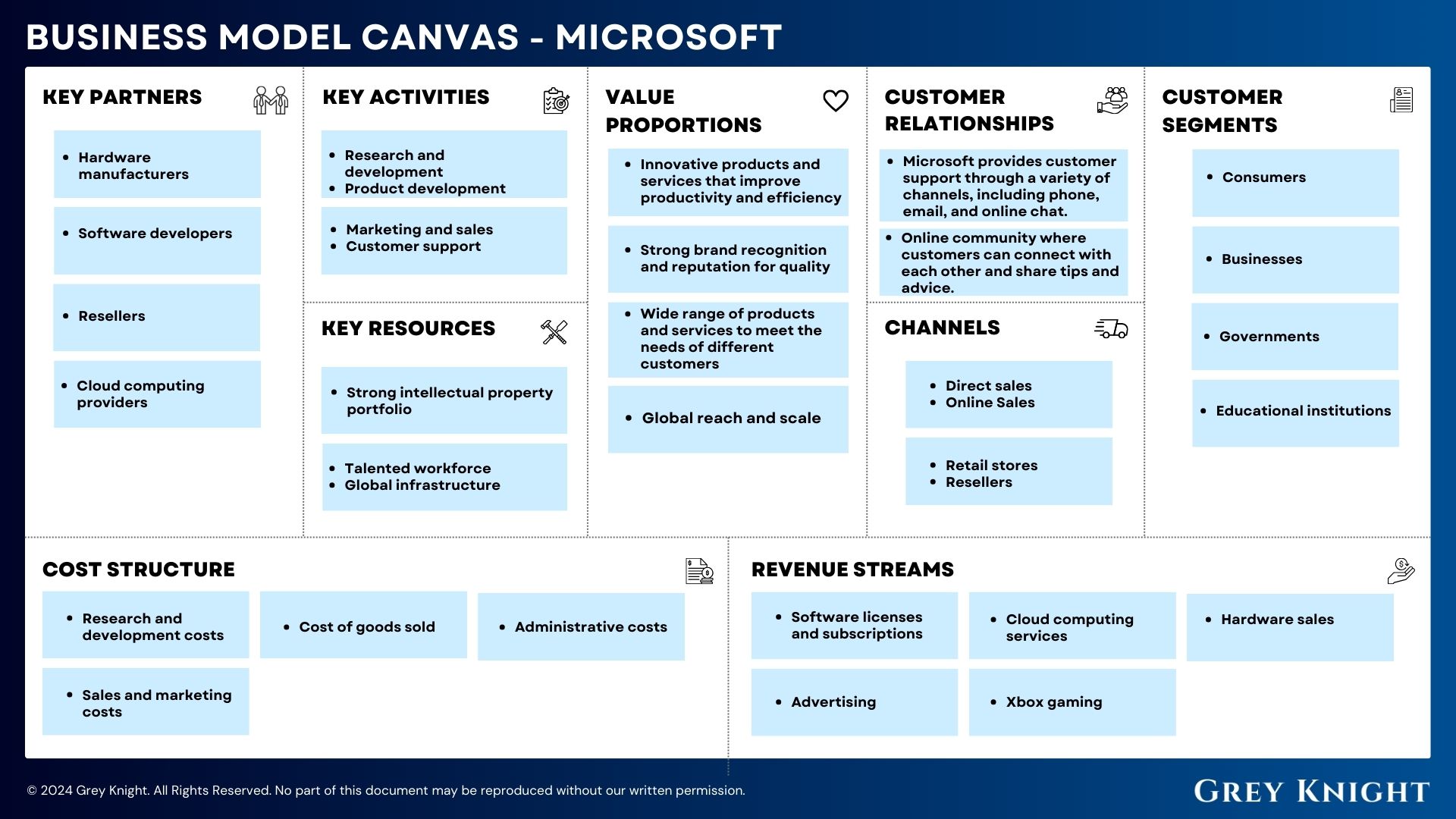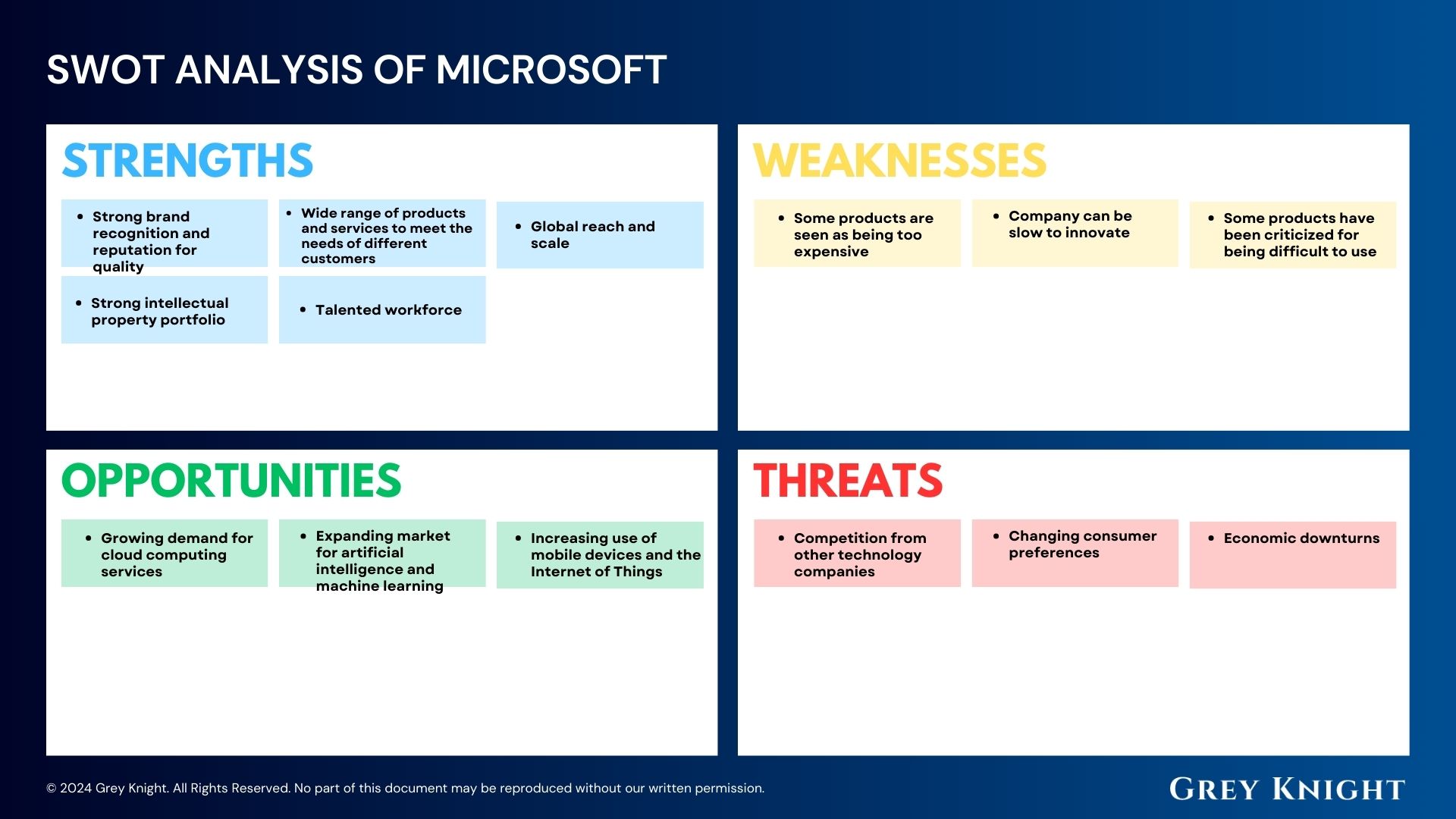Audible is changing the way we consume books, and it is all thanks to its innovative business model. In this article, we will examine how Audible’s business model works and why it is so effective in disrupting the audiobook industry. Using the Business Model Canvas, we will explore how Audible caters to its customers, creates value for its stakeholders, and generates revenue.
Table of Contents
ToggleCustomer Segments: Millennials Leading the Way
Audible’s primary customer segment is Millennials, with over 48% of its users under 35 years old. Audiobooks are easy to consume while multitasking, making them a convenient option for people who are always on-the-go. Moreover, the production costs of audio have decreased, making it possible to expand the market and offer more books in audio format. As a result, audiobooks are one of the fastest-growing digital products, with a market size of $2.5 billion in 2018, up by 16% from the previous year.
Value Proposition: One-Stop-Shop for Audiobooks
Audible’s value proposition is straightforward. It provides easy access to audiobooks. For authors and publishers, Audible offers a distribution channel that reaches a vast audience. Audible is the largest audiobook marketplace in the world, making it easy for authors and publishers to get their books listed. As a result, Audible benefits from network effects as more people come to the platform regularly. For users, Audible’s subscription model provides a convenient way to access audiobooks at a lower cost.
Revenue Streams: Monthly Subscription and One-Off Purchases
Audible’s membership model is centered around monthly subscriptions that give users access to a certain number of audiobooks per month. There are different subscription tiers with varying prices and benefits, ranging from one book per month to a higher number of credits for multiple books. Users can also purchase individual audiobooks at full price without a membership.
Audible’s revenue model is primarily based on monthly subscriptions and one-off purchases of audiobooks. The company earns revenue from monthly subscriptions by charging users a fee for access to a certain number of audiobooks per month. Audible also shares revenue with book publishers for each book sold out of a subscription. Additionally, users can purchase audiobooks as a one-off purchase, which also generates revenue for the company. Audible’s revenue model is closely held by Amazon, which acquired the company in 2008.
Channels: Word-of-Mouth and Amazon’s Network
Word-of-mouth is a significant channel for Audible, with many users recommending the service to their friends and family. Moreover, Audible leverages Amazon’s massive user base by recommending audiobooks to users who purchase related books. The integration with Amazon’s network has made it easy for users to find audiobooks and purchase them, further contributing to Audible’s success.
Key Activities: Audiobook Production and Partnership with Publishers
Audiobook production is one of Audible’s critical activities, and it partners with publishers to acquire rights to produce audiobooks. Audible’s partnership with publishers allows it to offer a vast selection of audiobooks to its users. Additionally, Audible invests in technology to improve the user experience, such as its proprietary audio player and the Whispersync feature, which syncs audiobooks with Kindle books.
Key Resources: Talent, Technology, and Partnerships
Audible’s success is built on its talented team of professionals who produce high-quality audiobooks. The company also invests heavily in technology to provide an excellent user experience. Audible’s partnerships with publishers are critical to its success, as it allows the company to offer a vast selection of audiobooks to its users.
Key Partners: Publishers and Amazon
Audible’s key partners are publishers, as they provide the company with rights to produce audiobooks. Additionally, Audible is part of the Amazon family, which gives it access to Amazon’s vast user base and resources.
Cost Structure: Talent and Technology
Audible’s cost structure is primarily focused on talent and technology. The company invests in hiring top talent to produce high-quality audiobooks and developing technology to improve the user experience. Audible also incurs costs related to acquiring rights to produce audiobooks, as well as marketing and advertising expenses to attract new subscribers.
Conclusion
Audible’s disruptive business model has transformed the way we consume books, making audiobooks accessible and convenient for people with busy lifestyles. Its focus on offering a vast selection of audiobooks, providing a seamless user experience, and leveraging Amazon’s massive network has helped the company grow and dominate the audiobook market. As audiobooks continue to gain popularity, Audible’s innovative business model is poised for further success in the future.
Additional Resources
To keep learning and advancing your career, we highly recommend these additional resources:
Tencent’s Business Model: A Look at China’s Leading Tech Giant
IBM’s Business Model: Analysis of the Tech Giant’s Operations
Amazon’s Business Model: From Click to Doorstep
Tesla’s Business Model: An Analysis of Their Unique Approach to Sustainable Transportation
Airbnb’s Business Model: How Does Airbnb Make Money
TikTok’s Business Model: How the App Attracts Gen Z and Brands
Microsoft’s Business Model: How the Tech Giant Makes Money
Spotify’s Business Model: How Spotify Became the King of Music Streaming












